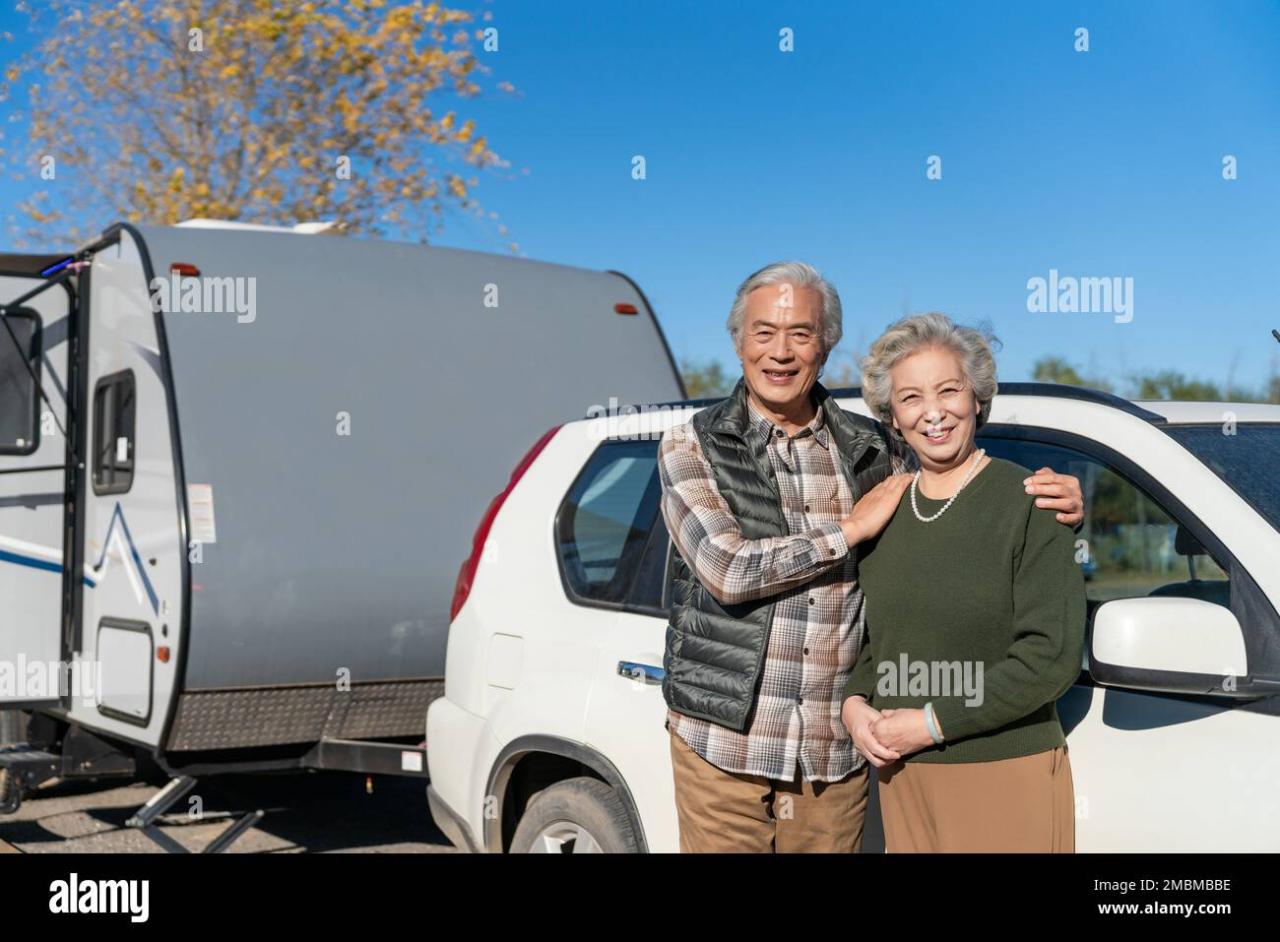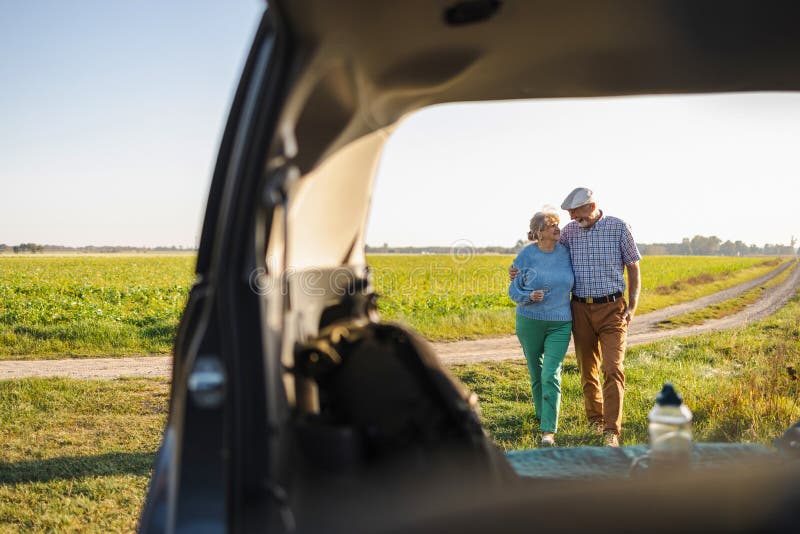Planning a memorable road trip for retired couples requires careful consideration, blending adventure with comfort and relaxation. This guide provides a comprehensive framework, addressing budgeting, vehicle preparation, route planning, packing essentials, health considerations, and post-trip reflections. We’ll explore how to craft an unforgettable journey tailored to the unique needs and desires of retired couples, ensuring a safe and enriching experience.
From selecting scenic routes and charming accommodations to prioritizing accessibility and incorporating relaxation, we’ll navigate the essential steps in creating a road trip that’s both enjoyable and manageable. We’ll also address practical concerns, such as vehicle maintenance, emergency preparedness, and health considerations, to ensure a smooth and worry-free adventure. The goal is to empower retired couples to embark on a journey that creates lasting memories and fosters a deeper connection.

Planning a successful road trip involves meticulous preparation across several key areas. Let’s break down each stage to ensure a smooth and enjoyable journey.
1. Planning & Budgeting
Before you even think about hitting the road, you need a solid plan and budget. Start by determining your total budget. This should encompass gasoline costs (consider current prices and your vehicle’s fuel efficiency), accommodation expenses (ranging from budget-friendly motels to more luxurious options like RV parks or charming B&Bs), food costs (packing some snacks can significantly reduce restaurant expenses), activity fees (entrance fees to parks, museums, etc.), and a crucial contingency fund for unexpected expenses (car repairs, medical emergencies, etc.).
Next, choose your destination and timeframe. For a first-time road trip, shorter trips are recommended. Factor in realistic driving distances – avoid overly ambitious daily drives that lead to fatigue. Consider your personal interests when selecting destinations – history buffs might prioritize historical sites, while nature lovers might focus on national parks. Once you have a destination and timeframe, start researching and booking accommodations, especially if you’re traveling during peak season.
Creating a detailed itinerary is essential. Include daily driving distances, planned stops (gas stations, restaurants, attractions), and specific activities. Remember, flexibility is key – allow for spontaneity and unscheduled detours! Pre-booking popular attractions or tours is highly advisable to avoid disappointment.
2. Vehicle Preparation & Safety

A well-maintained vehicle is crucial for a safe and stress-free road trip. Before embarking on your journey, schedule a pre-trip inspection. This should include an oil change, tire rotation, fluid checks (coolant, brake fluid, etc.), and a general check of your vehicle’s overall condition. Pack a comprehensive emergency kit. This should include jumper cables, a well-stocked first-aid kit, a flashlight with extra batteries, basic tools (wrench, pliers), and ample supplies of water and non-perishable snacks.

Verify your insurance coverage and roadside assistance plan – ensure you have adequate protection in case of breakdowns or accidents. Research the locations of nearby repair shops along your planned route. Finally, invest in a reliable GPS device or download offline maps to your smartphone, as cell service isn’t always reliable in remote areas.
3. Choosing the Right Route & Destinations

Part of the fun of a road trip is the journey itself! Select scenic routes that prioritize beautiful landscapes and charming towns. Research points of interest along your route – national parks, historical sites, museums, wineries, quaint roadside diners, etc. Tailor your route to your interests – history buffs might seek out historical landmarks, while foodies might prioritize culinary destinations.
Ensure your chosen destinations are accessible, considering your physical abilities and any potential limitations. Remember to incorporate downtime and opportunities for relaxation into your itinerary – don’t overschedule yourself.
4. Packing Essentials & Comfort
Packing strategically is vital for a comfortable trip. Pack comfortable clothing suitable for a range of weather conditions – layers are your friend! Pack appropriate footwear for walking and hiking. Don’t forget essential medications, toiletries, and any personal items you need. Pack snacks and drinks to minimize reliance on roadside stops. Bring entertainment options like books, audiobooks, music, games, or even a portable DVD player.
A travel pillow and blanket will enhance comfort during long drives.
5. Health & Wellness Considerations
Prioritize your health and well-being. Consult your doctor before embarking on a long road trip, especially if you have any pre-existing health conditions. Pack any necessary medications and medical supplies. Plan for regular breaks during long drives to stretch your legs and move around. Stay hydrated by drinking plenty of water.
Incorporate activities that promote physical activity and relaxation. Be mindful of heat and sun exposure, especially during hotter months – use sunscreen and stay hydrated.
6. Post-Trip Planning
Allow extra time for your return journey. Consider booking a relaxing activity upon your return to ease the transition back to your routine. Take time to review your photos and videos, reliving the memories of your adventure. Share your experiences with friends and family. And most importantly, start planning your next road trip!
Ultimately, planning a memorable road trip for retired couples is about creating a personalized experience that balances adventure with relaxation and prioritizes safety and comfort. By carefully considering the elements Artikeld in this guide, couples can embark on a journey that not only explores new horizons but also strengthens bonds and creates lasting memories. So, pack your bags, embrace the open road, and embark on an unforgettable adventure together.

